The Best TV Shows on Magyar Televízió
Every Magyar Televízió Show Ranked From Best To Worst
Explore our list of the top rated shows up to date from December 2025 that includes over 20 unique series. Leading the pack on Magyar Televízió are Hofi Tükre (DVD) and Captain Tenkes, with their initial broadcasts in N/A and 1964. Across the timeline from N/A to 2014, Magyar Televízió has presented audiences with over 20 captivating shows.
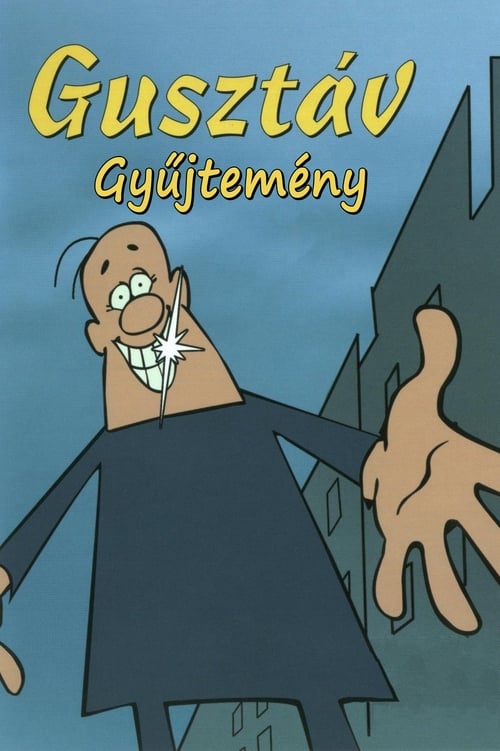 Gustavus (1966)10.0
Gustavus (1966)10.0Gusztáv, also known as Gustavus, was Hungarian series of animated short cartoons for adults. It was extremely popular in Eastern Europe, where it has achieved cult status. It ran from 1964-1977. Each episode tells an adventure of the main character, Gustav, related to the gray realities of urban life. Characteristic feature of the show was that episodes were independent: for example, Gustav is sometimes a bachelor, sometimes has large family. In Eastern Europe and Yugoslavia the episodes were broadcast on TV in the 80s, usually as airtime filler. The series was also broadcast in Western Europe and even in New Zealand - because it was not using language, other than gibberish sound, it was able to easily transcend boundaries.
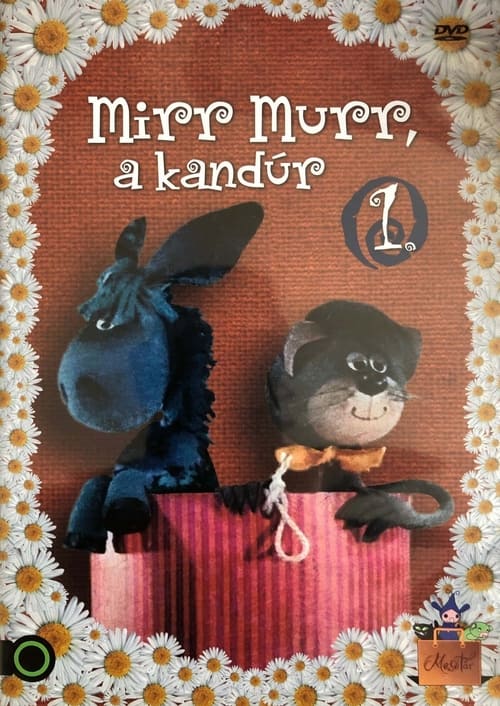 Mirr Murr a kandúr (1973)10.0
Mirr Murr a kandúr (1973)10.0We can follow the fairytale heroes of István Csukás, Mirr-Murr and Oriza Triznyák, the two curious stray cats on their adventurous journeys. The story of the puppet film begins with Kiscsacsi (whose name is Samu according to the original history of the book) getting to know the wardrobe, the bed, the chair, the chandelier and of course Mirr-Mur. Together they fly, play a naval battle, read a book, or just make friends with Paprikajancs, Bóbice, and Csinnadrata, the lead soldier with whom they discover the poultry farm. Mirr-murr accidentally left the others and ends up in Ödön Slukk's coat pocket. He manages to get out and then befriends Oriza Triznya. The two stray cats stand various rehearsals, help Pál Ploma or join a company called Pintyőke Circus World Number. Further stories will emerge from the series and books.
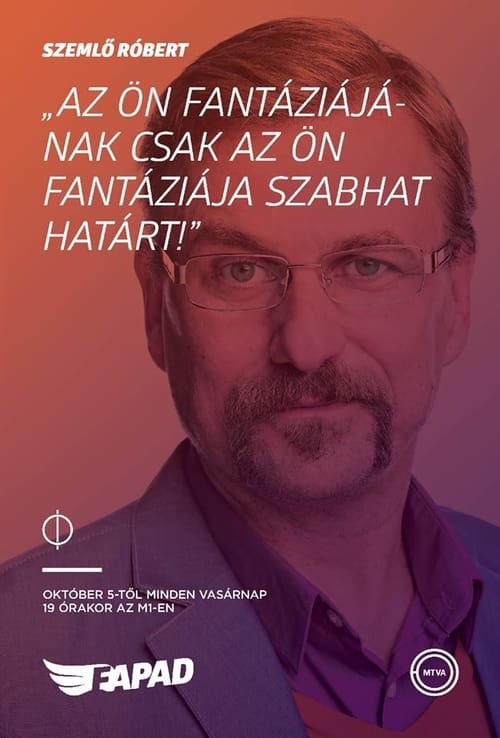 Fapad (2014)8.8
Fapad (2014)8.8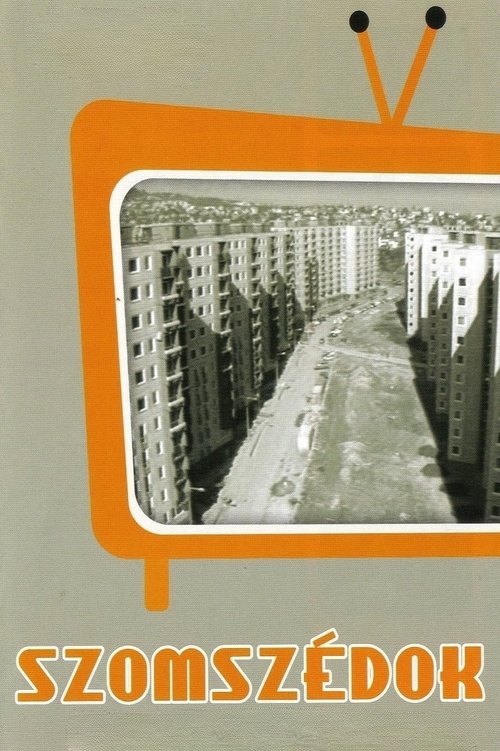 Szomszédok (1987)8.5
Szomszédok (1987)8.5Szomszédok was a Hungarian television series, occasionally called the Hungarian Dallas, that ran from 1987–1999 and produced 331 episodes, airing its grand finale on December 31, 1999. The series was a soap opera, dealing with the lives of ordinary people, living and working in or around an average lakótelep. Its characters were explored, over time, in equal depth: ranging from elderly pensioners, busy middle aged professionals, up-and-coming young people, and children growing into their teens. Many consider Szomszédok to be the definitive Hungarian television series, being a period piece of sorts that covers the last few years of the communist era, the rendszerváltozás, and nearly a decade of the new market economy Hungary thereafter.
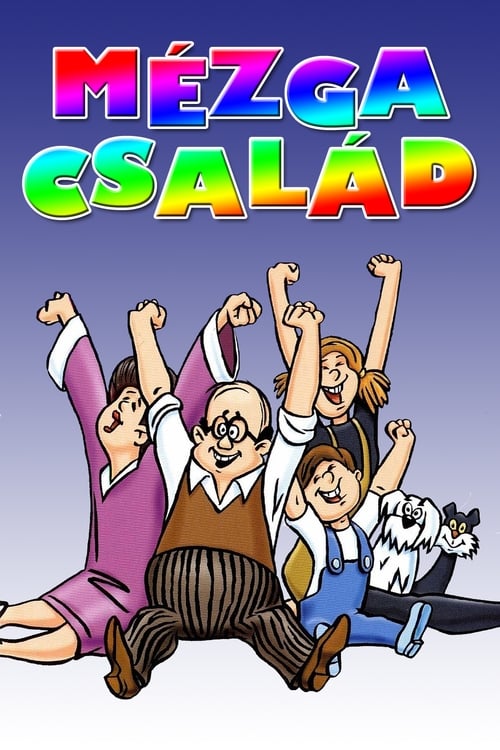 Mézga család (1970)8.0
Mézga család (1970)8.0The family consists of Géza, the father, a comical and inept figure, his wife Paula who actually dominates family affairs, pubertal daughter Kriszta and 12-year-old son Aladár, a child prodigy. The cat Maffia and a dog, Blöki accompany the family. Dr. Máris, their cynical neighbour, is regularly and unvoluntarily involved in disasters surrounding the family.
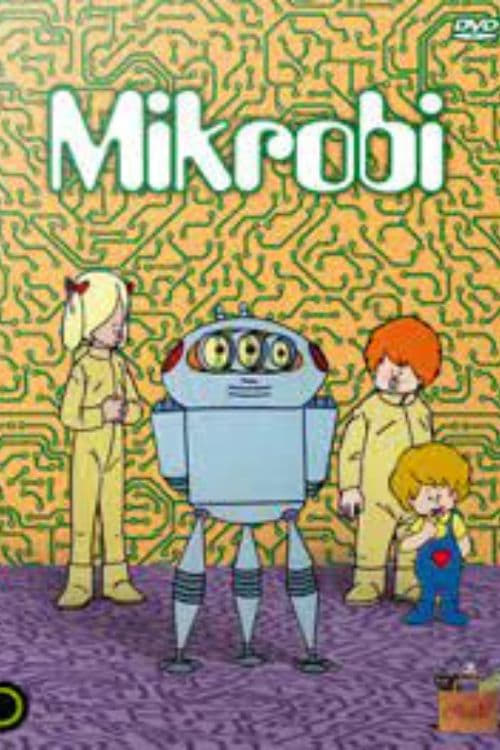 Mikrobi (1975)8.0
Mikrobi (1975)8.0Hungarian cartoon. Mikrobi is a robot that has three eyes, a stretchy neck and takes care of the three children traveling across the cosmos. The biggest problem Mikrobiego is a small urchin Pepe, who constantly wants to play with him and boredom reprogrammed the robot to fulfill his cravings.
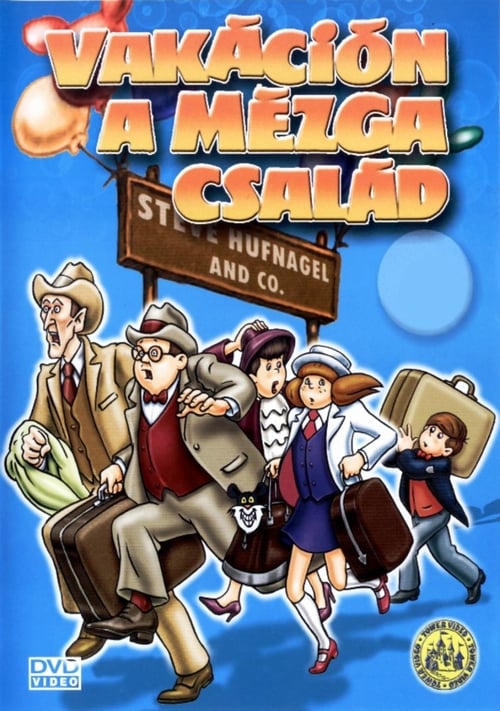 Vakáción a Mézga család (1980)7.0
Vakáción a Mézga család (1980)7.0The exciting summer adventures of the Mezga family is followed on an uninhabited island, for example, which is perhaps not uninhabited after all? And how will Maris neighbour become the next Minister of Health? And how does the Mezga's family escape from the captivity of the mafia? Everything will be revealed if you look at the Mezga family vacation stories.
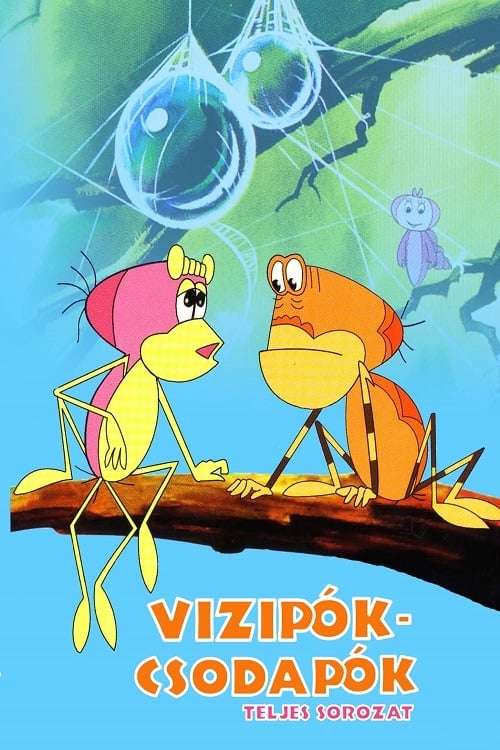 Vízipók-csodapók (1978)6.9
Vízipók-csodapók (1978)6.9This is the story of the water spider, which, unlike land spiders, does not weave its web in the corners of rooms or in the tops of trees or bushes, but in the water.
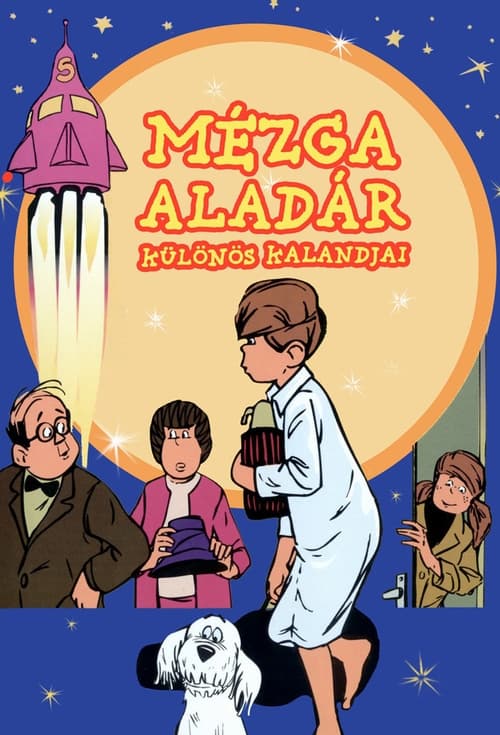 Mézga Aladár különös kalandjai (1972)6.7
Mézga Aladár különös kalandjai (1972)6.7Every night Aladár visits a different inhabited planet using an inflatable interstellar cosmic ship with his talking dog Blöki.
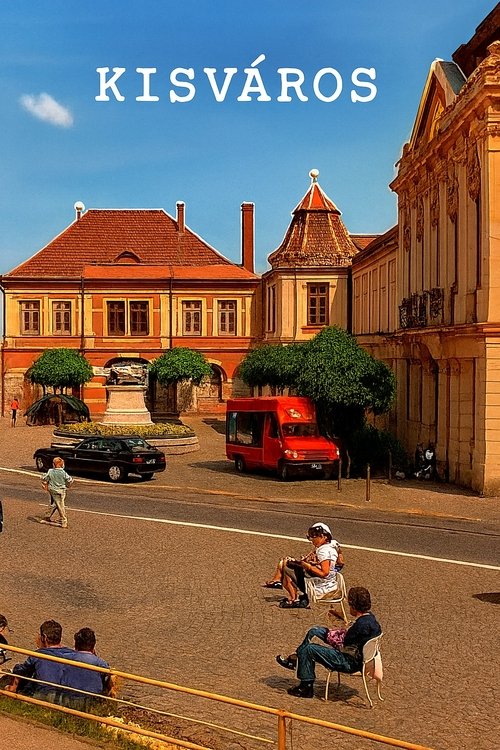 Kisváros (1993)6.6
Kisváros (1993)6.6A Kisváros egy színes, 195 részes magyar akciófilm-sorozat, ami 1993–2001 között futott a Magyar Televízióban. A történet középpontjában egy, a valóságban nem létező határmenti kisváros, Végvár áll. Ebbe a városba érkezik Hunyadi főtörzs, hogy a Határőrség akciószázadát kiképezze. A sorozat a rendőrség és a határőrség határmenti bűncselekmények ügyében való nyomozások terén történő együttműködését mutatja be, minden epizód egy-egy önálló történet, a kiemelt főszereplőkké később Járai rendőr őrnagy és beosztottja, Balogh Máté zászlós válnak. A sorozat jeleneteinek jelentős részét Szigetváron, valamint a bucsui és a bozsoki határátkelőnél forgatták. A sorozatot az MTV-n kívül 2002 táján a Hálózat TV is vetítette, a teljes sorozatot az m1 2007. június 8. és 2008. március 31. között ismételte, 2009. június 1. és szeptember 18. között ismét leadta, de akkor csak a 21. résztől a 157. részig a 156/I-II. rész kihagyásával, 2011. szeptember 5. és szeptember 30. között ismét leadta, de csak az 1. résztől a 25. részig, 2011. október 3-tól 2012. június 1-ig a Duna Televízió folytatta a sorozat ismétlését a 21. résztől a 195. részig, majd 2012. június 11. és 2013. február 11. között a Duna World is műsorra tűzte, szintén a 21. résztől a 195. részig. 2013. január 4. és március 8. között péntekenként a hajnali órákban az m2 is műsorra tűzte a sorozatot, de csak a 21. résztől a 30. részig adta le. 2013. június 17-től ismét műsorra tűzte a Duna Televízió a 21. résztől.
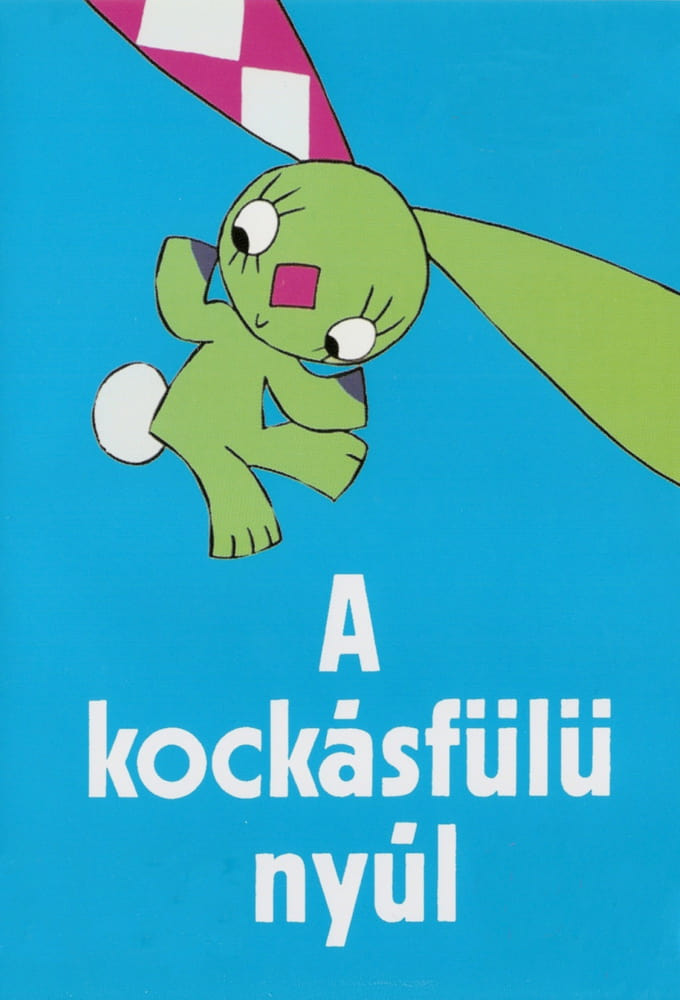 The rabbit with checkered ears (1974)6.5
The rabbit with checkered ears (1974)6.5A kockásfülű nyúl (English: "The rabbit with checkered ears") is a 26-episode Hungarian animated children's series produced from 26 August 1977 on in the studios of PannóniaFilm. Created by the acclaimed children's literature writer and graphic artist Veronika Marék and animator Zsolt Richly, its protagonist, the rabbit with checkered ears quickly became one of the most prolific mascots of Hungarian animation.
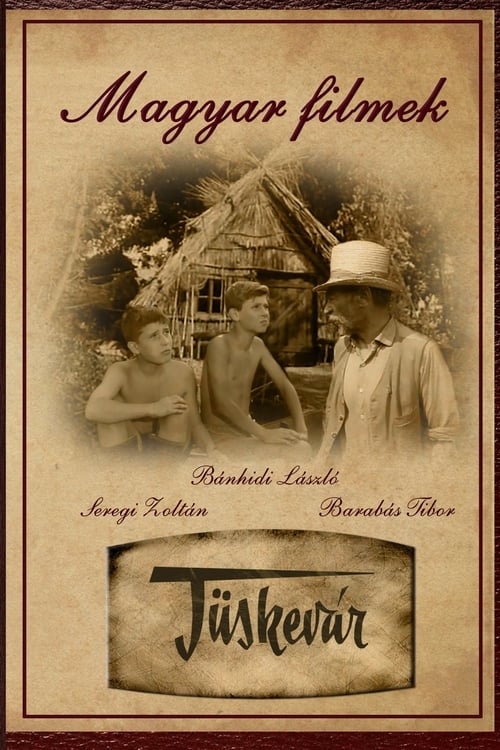 Thorn Castle (1967)6.4
Thorn Castle (1967)6.4A story about two urban boys, who spend a summer at the romantic Kis-Balaton side with an old field keeper, and gradually change their point of view about their civilized life, and fall in love with the nature.
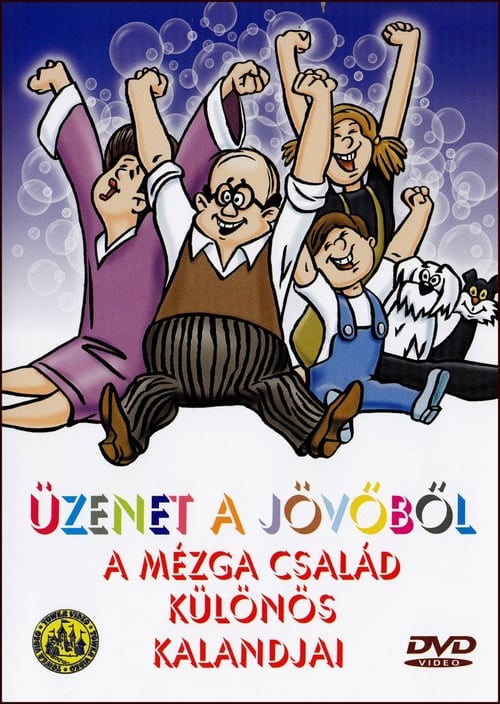 Üzenet a jövőből - A Mézga család különös kalandjai (1970)6.4
Üzenet a jövőből - A Mézga család különös kalandjai (1970)6.4Geza Mezga, Paula, teenager Kriszta their daughter and the restless little child, Aladar. So they are the Mezga family. Maybe Maris neighbour should also be counted here. They are always embroiled in extremely strange adventures, thanks to their "distant" relative, MZ/X discovered by Aladar. With the help of Aladar's own radio transceiver, they get in touch with their thirtieth-century relative. Incredible things happen suddenly in an otherwise ordinary family.
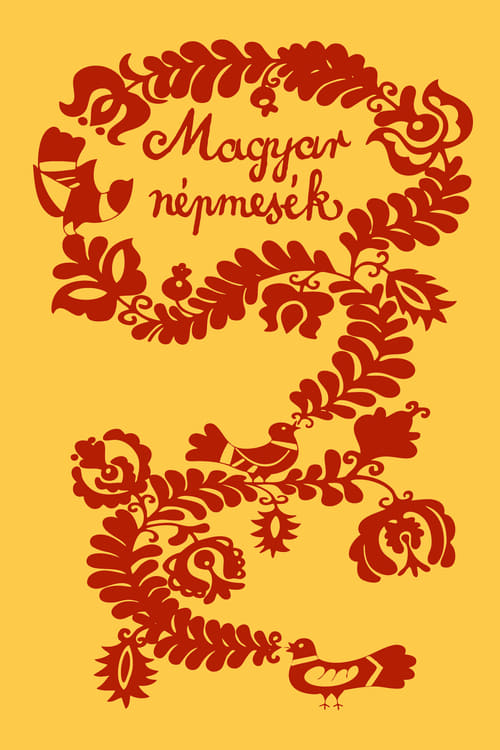 Hungarian Folktales (1977)6.3
Hungarian Folktales (1977)6.3Hungarian Folktales is a Hungarian animated series. Each episode is based on a Hungarian folk tale. The creators paid special attention to using Hungarian folk motives in the episodes.
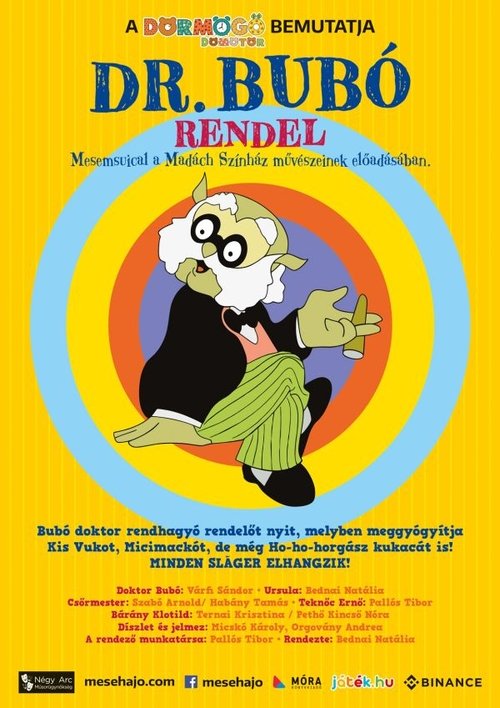 Kérem a következőt! (1975)5.6
Kérem a következőt! (1975)5.6Dr. Bubó is a short-eared owl who, after obtaining his medical degree with excellent qualifications , sets up his clinic inside an oak tree, where he heals the sick inhabitants of the forest with the help of his assistant - the nurse of the clinic - Nurse Ursula.
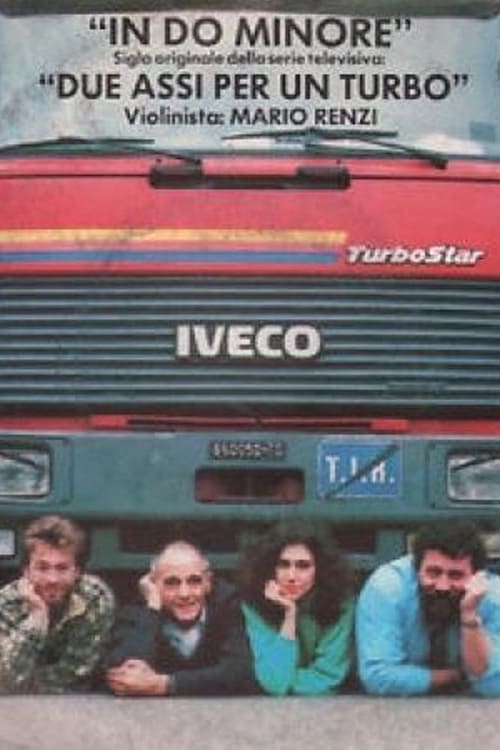 T.I.R. (1984)5.5
T.I.R. (1984)5.5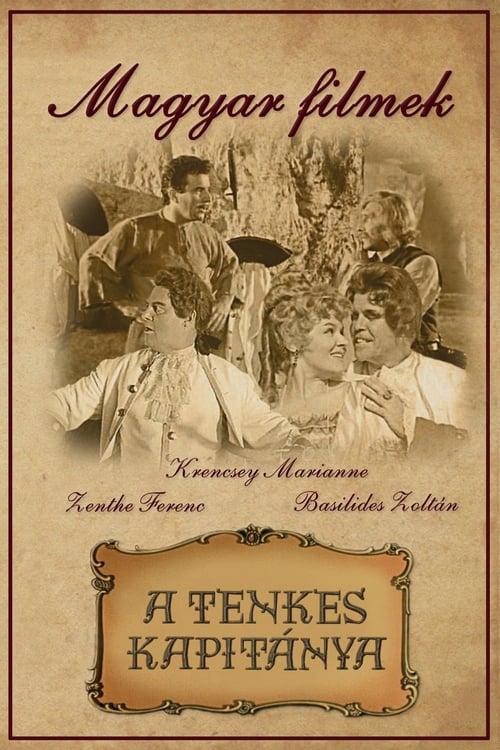 Captain Tenkes (1964)5.3
Captain Tenkes (1964)5.3During the Rákóczi's War of Independence in South Baranya, in Vienna, Colonel Eberstein is assigned by the Council of Warriors to dispose of the Kuruc army operating in the vicinity of Siklós.
 Adventures of Captain Pirx (1973)5.0
Adventures of Captain Pirx (1973)5.0Based on "Tales of Pirx the Pilot" - a science fiction stories collection by Polish author Stanisław Lem.
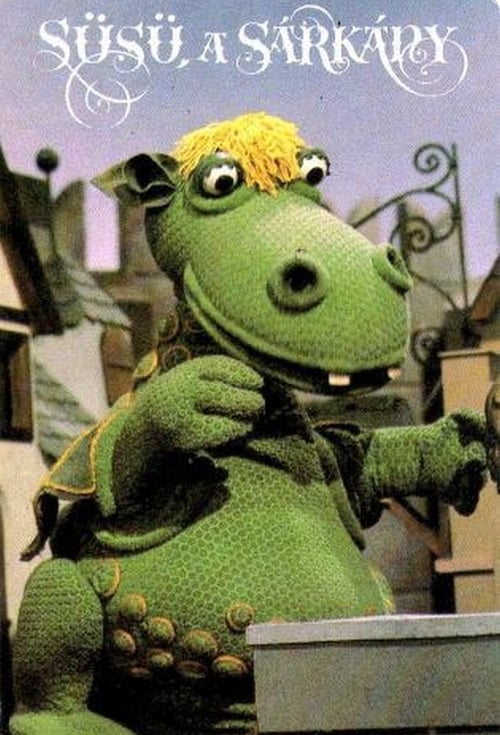 Süsü, a sárkány (1977)4.6
Süsü, a sárkány (1977)4.6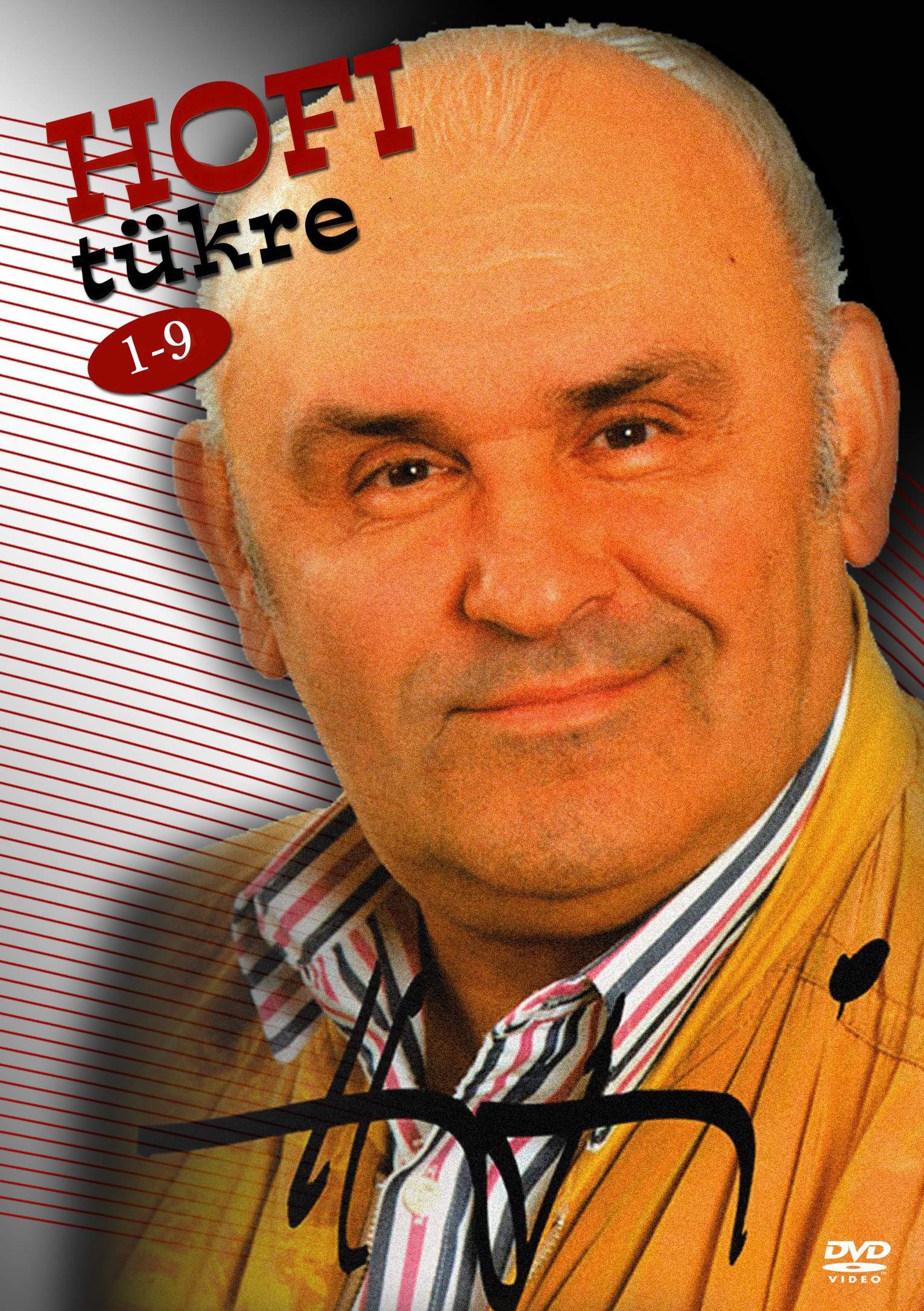 Hofi Tükre (DVD) (N/A)N/A
Hofi Tükre (DVD) (N/A)N/A